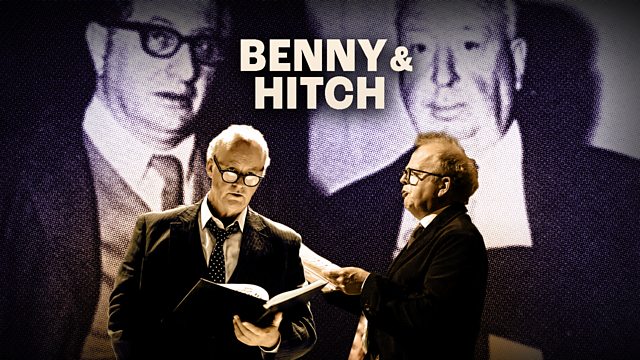There’s a lot of commentary out there over a surge in book banning. I know this practice has been going on for a long time (in the past, arguably worse), but there's good evidence we're in a real book banning frenzy. Either way, there’s nothing about book banning that’s any good. Not at all, at no time, not ever.
The
notion that the tender moral and intellectual sensibilities of the average
school kid could be irrevocably harmed by a saucy, blasphemous or
retrograde work of art is preposterous.
Kids are a whole lot smarter and worldly than anyone knows, especially
their parents. If there are, in fact, those utterly devoid of critical judgement, easily swayed by some loony, anti-social thought,
then all book bans do is delay the inevitable.
Meanwhile, you’re denying the vast majority the opportunity to form
their own opinions and triangulate their sense of where they fall on the
socio-political-ethical spectrum.
And
by the way, books aren’t really banned in the US. They’re merely kept off the shelves of
schools and libraries. Any
half-intelligent kid can get her hands on any book published in the world, and she
will, if she wants to. Book banning is a
fool’s errand.
You
may think book banning is a favorite right-wing sport, but there’s plenty of it
happening on the left. Worse, some of
the banning is done by publishers themselves with revisionist versions of
classic works. They don’t seem to
realize that this is just as censorious and illiberal as banning Gender Queer.
When
I was pretty young, I read Lady Chatterley’s Lover and Tropic of
Cancer. Both were beautifully
written and nowhere near as salacious as I was hoping for at the time. I also read Mao’s Little Red Book, and
at no time did I feel compelled to murder capitalists or throw the
intelligentsia into re-education camps.
I read all of Ayn Rand, which was lousy literature and had no influence
on me whatsoever, though I wondered what all the fuss was about. If you were corrupted by The Adventures of
Huckleberry Finn or Catcher in the Rye, you’ve got bigger problems
than your choice of reading material.
I got a lot out of Ezra Pound’s commentary and obtuse poetry, though no fascist impulses emerged. I think he was a traitor of the first order, but I still occasionally flip through The ABC of Reading, since it’s sort of humorous and full of compelling literary insight.
Our
son had a free-range education. That
doesn’t mean we didn’t offer opinions on what he was reading, providing some
perspective, but he was never told how to think about the content. I would only ask him to keep a big grain of
salt nearby when facing various arguments.
Resonate to what moves you, but maintain a healthy skepticism. You may at some time change your mind, and
you’ll feel better about it if you didn’t first succumb hook, line and
sinker.
He
turned out fine. We don’t agree on
everything, but that’s what independent thought is all about.
It’s
no accident that autocratic regimes ban books as a matter of course. They all do, and always will, because they
are trying to control their subjects’ minds.
Does history look back fondly on Savonarola’s Bonfire of the Vanities,
or Hitler’s book burning? That should
tell you all you need to know about censorship.
The
same applies to the news media. I read
everything, and always have. Left, right
and center. I want to know what the
political and cultural commentators are saying.
All of them. Knowledge isn’t
agreement. It’s just knowledge.
The
most important impulse is to keep ones mind open. Confirmation bias is absurd. If you think you know everything already,
don’t bother reading. Use the time to ferret out trigger warnings in Mr. Rogers' Neighborhood or put horns on your head and charge the
US capital.





























